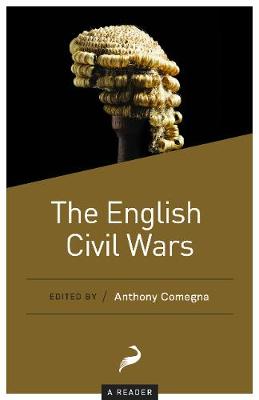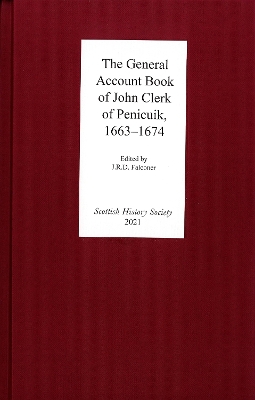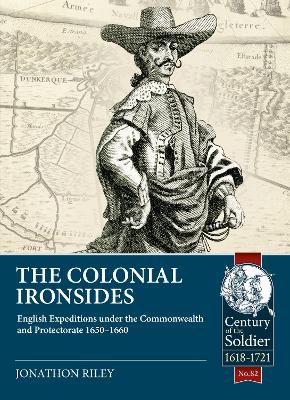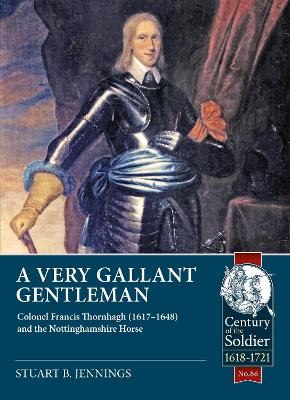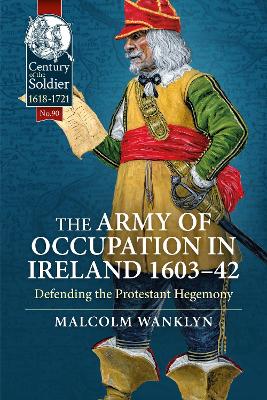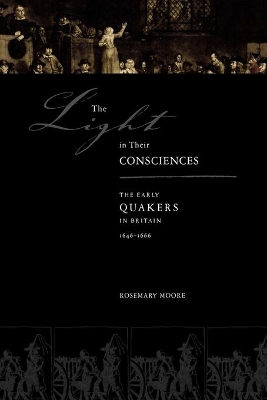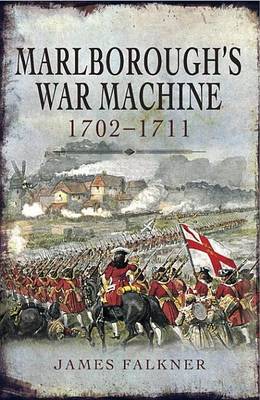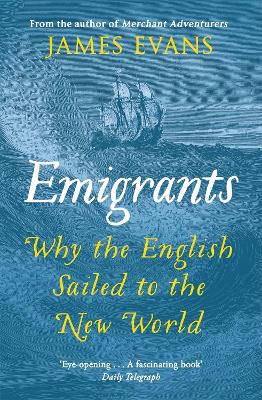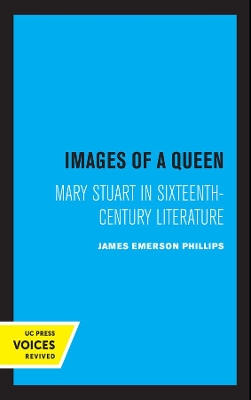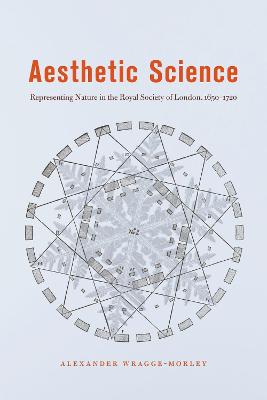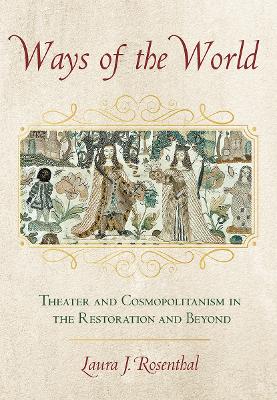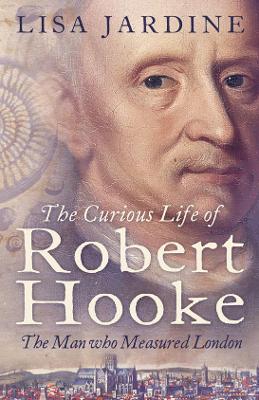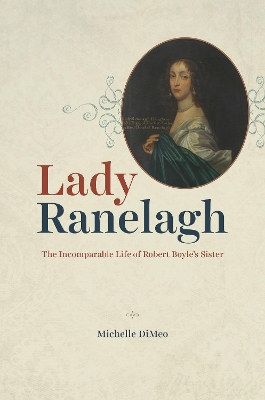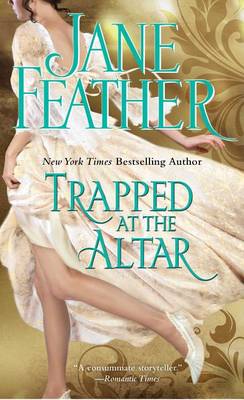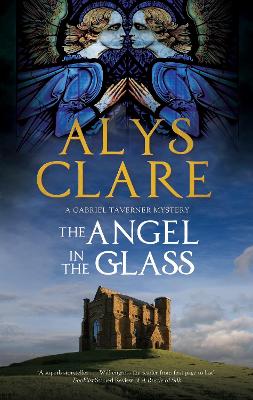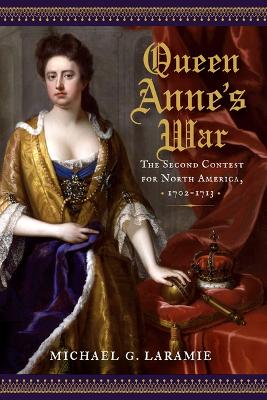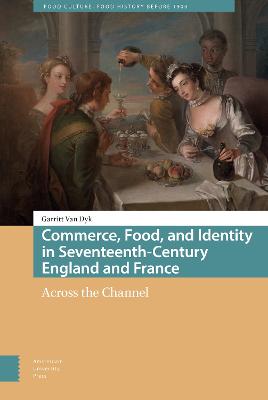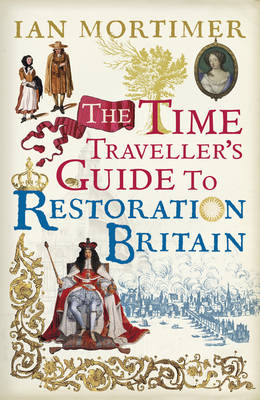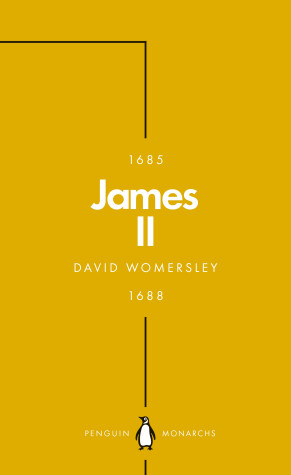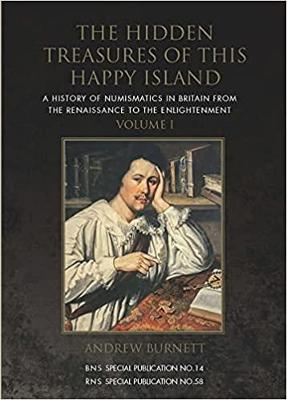The book provides an overview and analysis of the witch trials in the Scottish Borders in the 17th century. The 17th century was a time of upheaval in Scottish and British history, with a civil war, the abolition of the monarchy, the plague and the reformation all influencing the social context at the time. This book explores the social, political, geographical, religious and legal structures that led to the increased amount of witch trials and executions in the Scottish Borders. As well as look...
The General Account Book of John Clerk of Penicuik, 1663-1674
by J R D Falconer
The Army of Occupation in Ireland 1603-42 (Century of the Soldier)
by Malcolm Wanklyn
The Light in Their Consciences (The New History of Quakerism, #1)
by Rosemary Moore
The Society of Friends, also known as the Quakers, originated in England during the civil wars of the mid-seventeenth century. Early Quakers have been variously described as founders of a fundamentally new form of spiritual practice, as the radical end of the Protestant Reformation, and as political revolutionaries. In The Light in Their Consciences, which recounts the earliest history of the Friends in England, Rosemary Moore suggests that all of these characterizations are accurate and can hel...
'Marvellously engaging' The Times'Brisk, informative and eye-opening' Daily TelegraphIn the 1600s, vast numbers of people left England for the Americas. Crossing the Atlantic was a major undertaking, the voyage long and treacherous. Why did they go?Emigrants casts vivid new light on the population shift which underpins the rise of modern America. Using contemporary sources including diaries, court hearings and letters, James Evans brings us the extraordinary personal stories of the men and women...
This title is part of UC Press's Voices Revived program, which commemorates University of California Press's mission to seek out and cultivate the brightest minds and give them voice, reach, and impact. Drawing on a backlist dating to 1893, Voices Revived makes high-quality, peer-reviewed scholarship accessible once again using print-on-demand technology. This title was originally published in 1964.
Church and People in Interregnum Britain (New Historical Perspectives)
Aesthetic Science - Representing Nature in the Royal Society of London, 1650-1720
by Alexander Wragge-Morley
The scientists affiliated with the early Royal Society of London have long been regarded as forerunners of modern empiricism, rejecting the symbolic and moral goals of Renaissance natural history in favor of plainly representing the world as it really was. In Aesthetic Science, Alexander Wragge-Morley challenges this interpretation by arguing that key figures such as John Ray, Robert Boyle, Nehemiah Grew, Robert Hooke, and Thomas Willis saw the study of nature as an aesthetic project. To show...
Ways of the World explores cosmopolitanism as it emerged during the Restoration and the role theater played in both memorializing and satirizing its implications and consequences. Rooted in the Stuart ambition to raise the status of England through two crucial investments—global traffic, including the slave trade, and cultural sophistication—this intensified global orientation led to the creation of global mercantile networks and to the rise of an urban British elite who drank Ethiopian coffee o...
A biography of a brilliant, largely forgotten maverick – a major figure in the 17th-century cultural and scientific revolutions. The brilliant, largely forgotten maverick Robert Hooke was an engineer, surveyor, architect and inventor who was appointed London's Chief Surveyor after the Great Fire of 1666. Throughout the 1670s he worked tirelessly with his intimate friend Christopher Wren to rebuild London, personally designing many notable public and private buildings, including the mon...
For centuries, historians have speculated about the life of Katherine Jones, Lady Ranelagh. Dominant depictions show her either as a maternal figure to her younger brother Robert Boyle, one of the most significant scientists of his day, or as a patroness of the European correspondence network now known as the Hartlib circle—but neither portrait captures the depth of her intellect or the range of her knowledge and influence. Philosophers, mathematicians, politicians, and religious authorities...
Ariadne Daunt has vowed to be with the man she loves, Gabriel Fawcett. There's just one obstacle. On his deathbed, Ari's grandfather decrees that she marry her childhood friend Ivor Chalfont, thus forging a powerful alliance between the two warring families. Giving Ari no time to protest, the elders plan her wedding the next day, forcing her to follow through on the nuptials. Though she is fond of Ivor, Ari has no intention of consummating their marriage--until he kindles an intoxicating desire...
June, 1604. When the emaciated body of a vagrant is found on the edge of the moor, it's the verdict of physician Gabriel Taverner that the man died of natural causes - but is all as it seems? Who was the dead man, and why had he come to the small West Country village of Tavy St Luke's to die cold, sick and alone? With no one claiming to have known him, his identity remains a mystery.Then a discovery found buried in a nearby field throws a strange new light on the case . and in attempting to fin...
“Tell me what you eat, and I’ll tell you who you are” was the challenge issued by French gastronomist Jean Brillat-Savarin. Champagne is declared a unique emblem of French sophistication and luxury, linked to the myth of its invention by Dom Pérignon. Across the Channel, a cup of sweet tea is recognized as a quintessentially English icon, simultaneously conjuring images of empire, civility, and relentless rain that demands the sustenance and comfort that only tea can provide. How did these taste...
The past is a foreign country: this is your guidebook.If you could travel back in time, the period from 1660 to 1700 would make one of the most exciting destinations in history. It is the age of Samuel Pepys and the Great Fire of London; bawdy comedy and the libertine court of Charles II; Christopher Wren in architecture, Henry Purcell in music and Isaac Newton in science — the civil wars are over and a magnificent new era has begun.But what would it really be like to live in Restoration Britain...
'James was a king tragically trapped by principle. Yet was it wise to attempt to change the national religion?'The short reign of James II is generally seen as one of the most catastrophic in British history, ending in his exile after he unsuccessfully tried to convert England to Catholicism, a crisis that would haunt the monarchy for generations. Ultimately, David Womersley's biography shows, James was a man whose blindness to subtlety and political reality brought about his ruinous downf...
The book provides, for the first time, a comprehensive account of the collecting and study of coins in Britain from 1500 to 1750. Many new discoveries, such as the existence of a Tudor royal collection, have been made in the course of the research. In addition, important scholars and collectors have been identified, who are otherwise virtually unknown, such as James Cole, John Harrison, Simonds D'Ewes, John Marsham and Francis Sambrooke. The development of the early university collections, at Ca...

